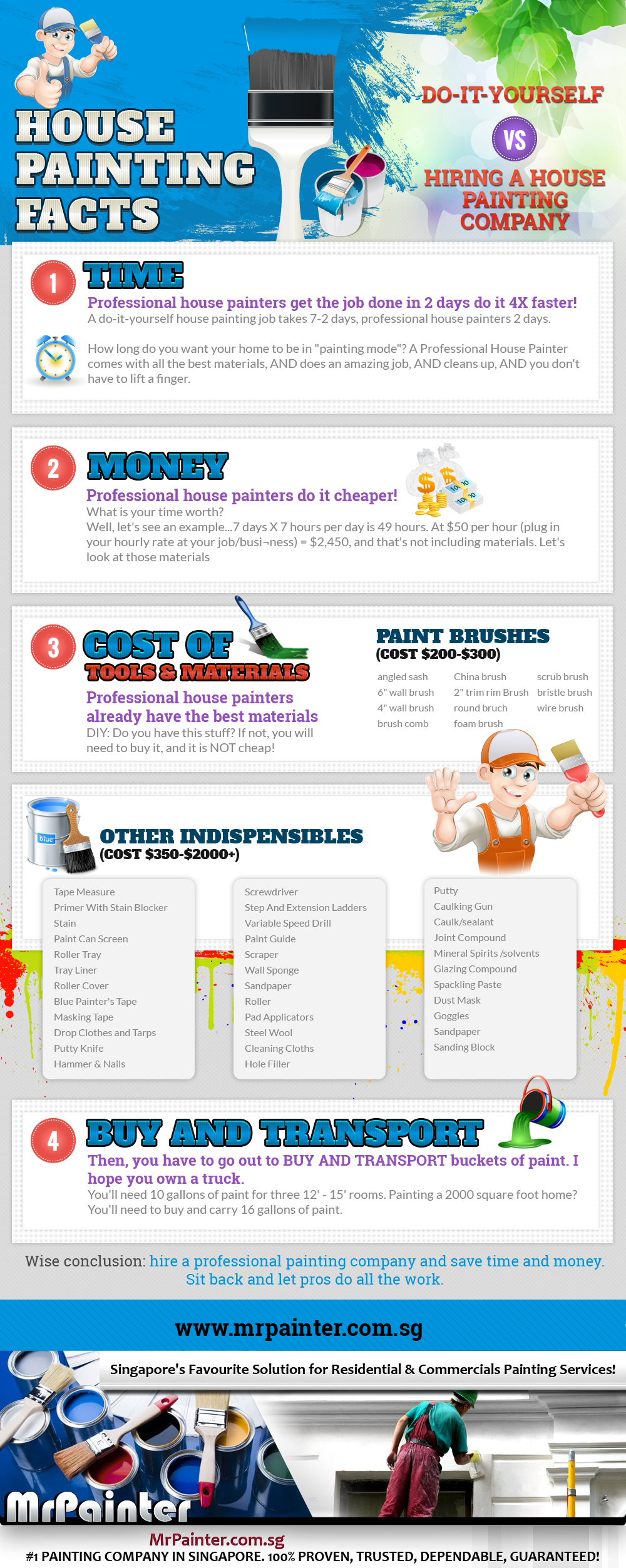Understand Exactly How Seasonal Problems Influence The Success Of Commercial Exterior Paint And Learn The Perfect Periods To Guarantee Lasting Results For Your Project
Understand Exactly How Seasonal Problems Influence The Success Of Commercial Exterior Paint And Learn The Perfect Periods To Guarantee Lasting Results For Your Project
Blog Article
Author-Fox Browne
When you're planning a business external painting project, seasonal aspects can make or damage your outcomes. You'll wish to take into consideration exactly how temperature and moisture effect paint application and drying out times. Choosing the ideal period can ensure your paint sticks correctly and lasts longer. Yet which seasons are absolutely the most effective for this type of job? Allow's discover the key elements that can affect your project's success.
The Influence of Temperature Level on Paint Application
When you're planning an industrial exterior paint task, the temperature can substantially impact exactly how well the paint sticks and dries.
Preferably, you intend to repaint when temperatures vary between 50 ° F and 85 ° F. If it's as well chilly, the paint might not treat correctly, causing concerns like peeling or breaking.
On the flip side, if it's also hot, the paint can dry out as well rapidly, protecting against appropriate attachment and resulting in an uneven surface.
You must additionally take into consideration the moment of day; early morning or late afternoon provides cooler temperature levels, which can be extra favorable.
Always examine the supplier's referrals for the specific paint you're using, as they frequently give support on the optimal temperature level range for optimal results.
Humidity and Its Impact on Drying Times
Temperature isn't the only ecological element that affects your business external paint task; moisture plays a significant duty as well. High moisture degrees can reduce drying out times substantially, affecting the general high quality of your paint job.
When the air is filled with moisture, the paint takes longer to heal, which can cause concerns like poor attachment and a higher risk of mold growth. If you're painting on a specifically damp day, be planned for extensive delay times between layers.
It's vital to keep an eye on neighborhood weather and plan as necessary. Ideally, aim for humidity levels in between 40% and 70% for optimal drying.
Maintaining these factors in mind guarantees your task stays on track and provides a long-term surface.
Best Seasons for Commercial Outside Paint Projects
What's the best time of year for your commercial exterior paint tasks?
play house painter and very early fall are commonly your best choices. Throughout these seasons, temperatures are moderate, and humidity degrees are typically reduced, developing perfect conditions for paint application and drying.
Stay clear of summer season's intense heat, which can create paint to dry too swiftly, leading to poor adhesion and finish. Likewise, winter season's cold temperatures can prevent proper drying out and curing, running the risk of the durability of your paint task.
Aim for days with temperature levels in between 50 ° F and 85 ° F for optimal results. Keep in mind to examine the neighborhood weather report for rain, as wet problems can wreck your project.
Preparation around these variables guarantees your paint job runs efficiently and lasts longer.
Conclusion
In conclusion, planning your industrial outside painting jobs around seasonal factors to consider can make a considerable distinction in the outcome. By scheduling work throughout the excellent temperatures and humidity degrees, you'll guarantee much better attachment and drying out times. Keep in find more information to watch on neighborhood weather prediction and select the right time of year-- spring and very early autumn are your best bets. Taking these steps will certainly assist you attain a sturdy and specialist surface that lasts.
